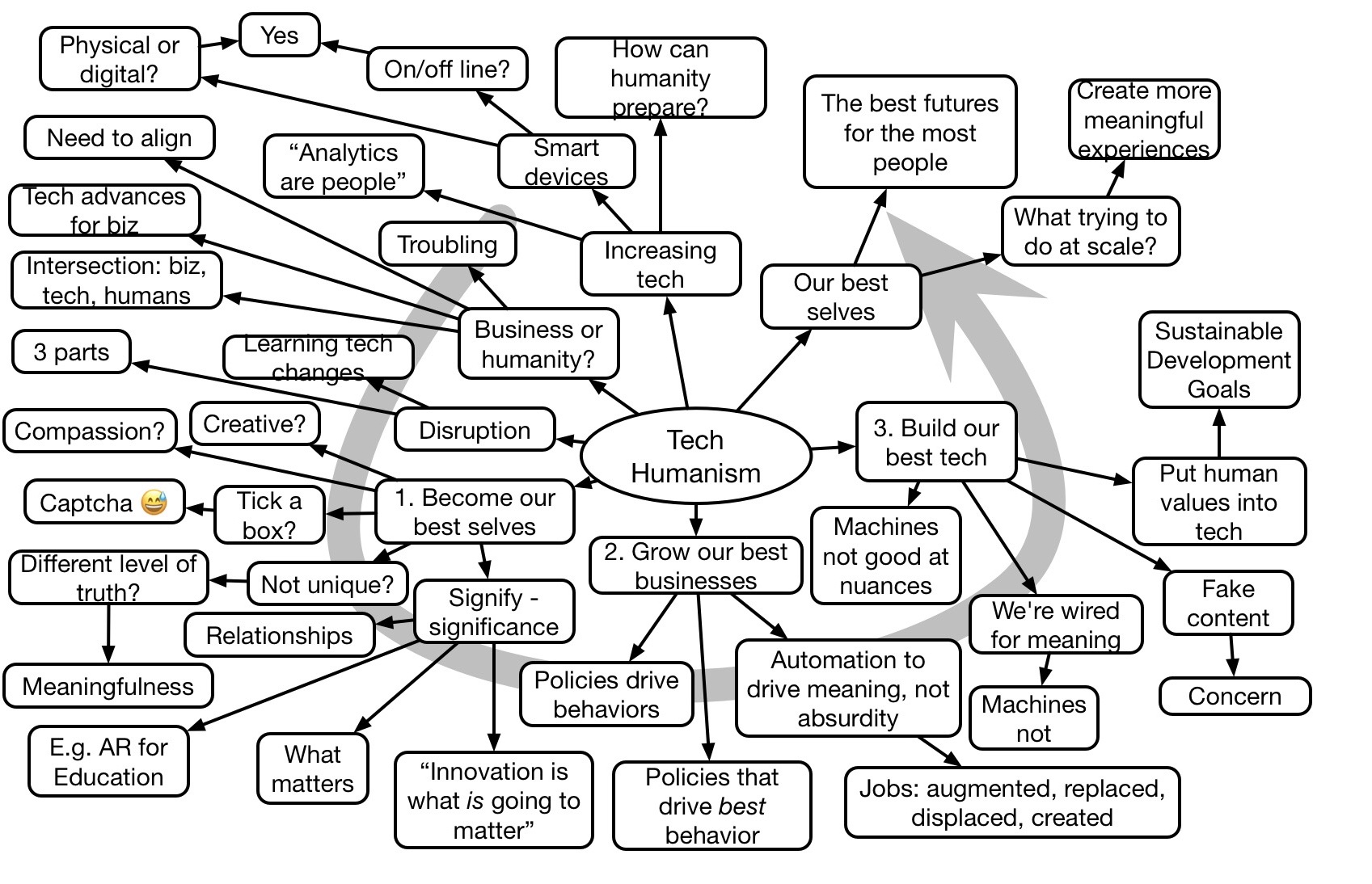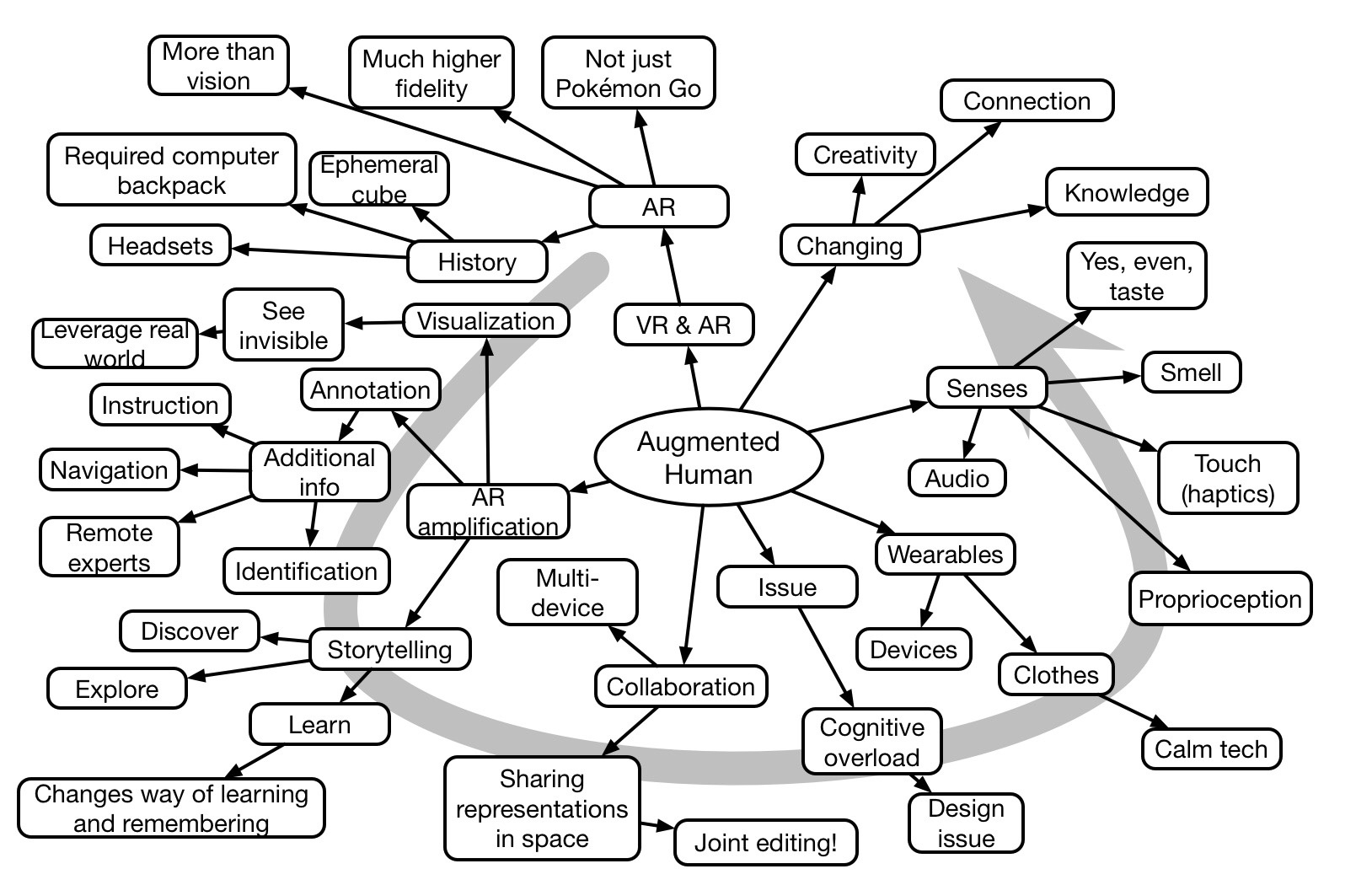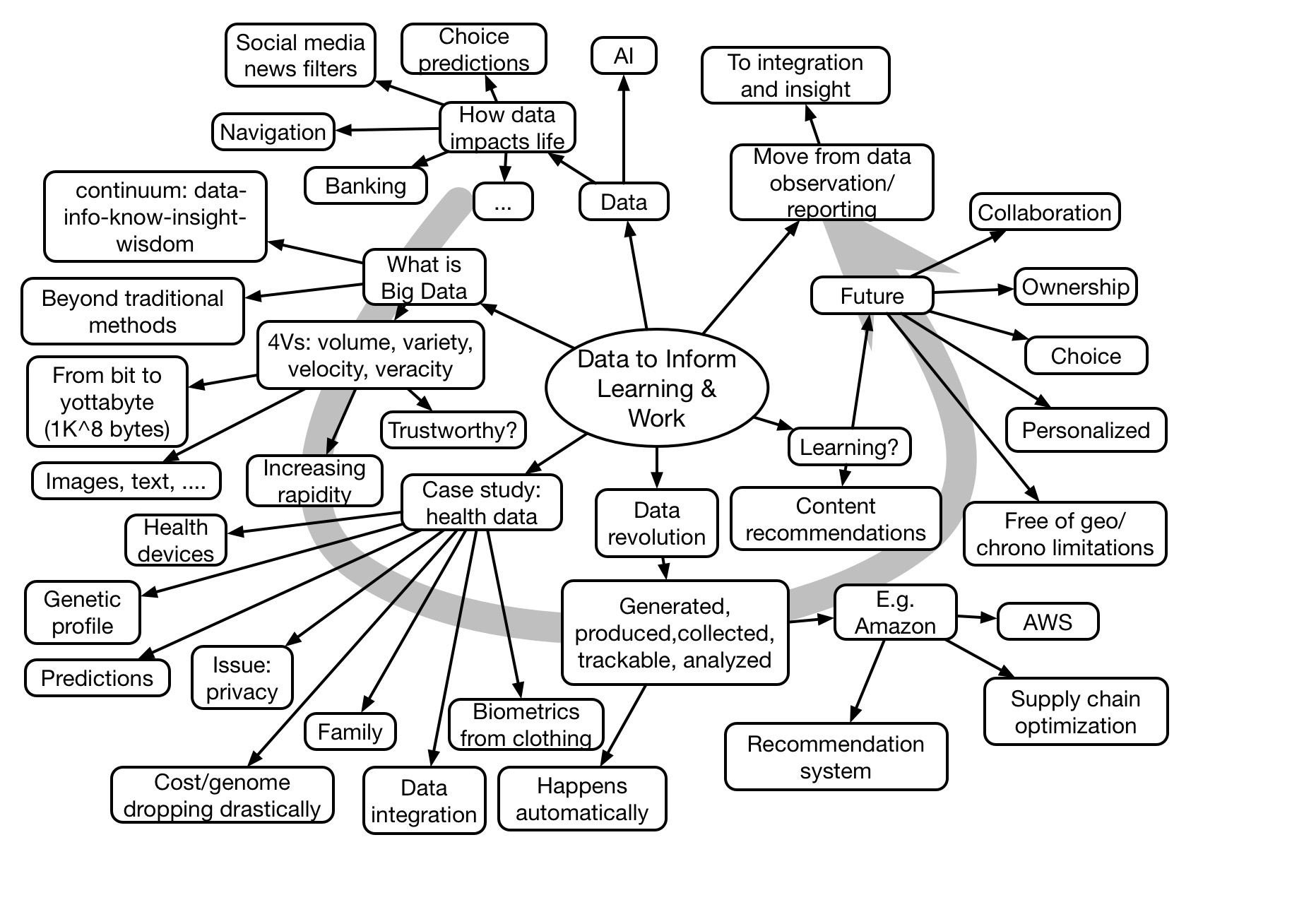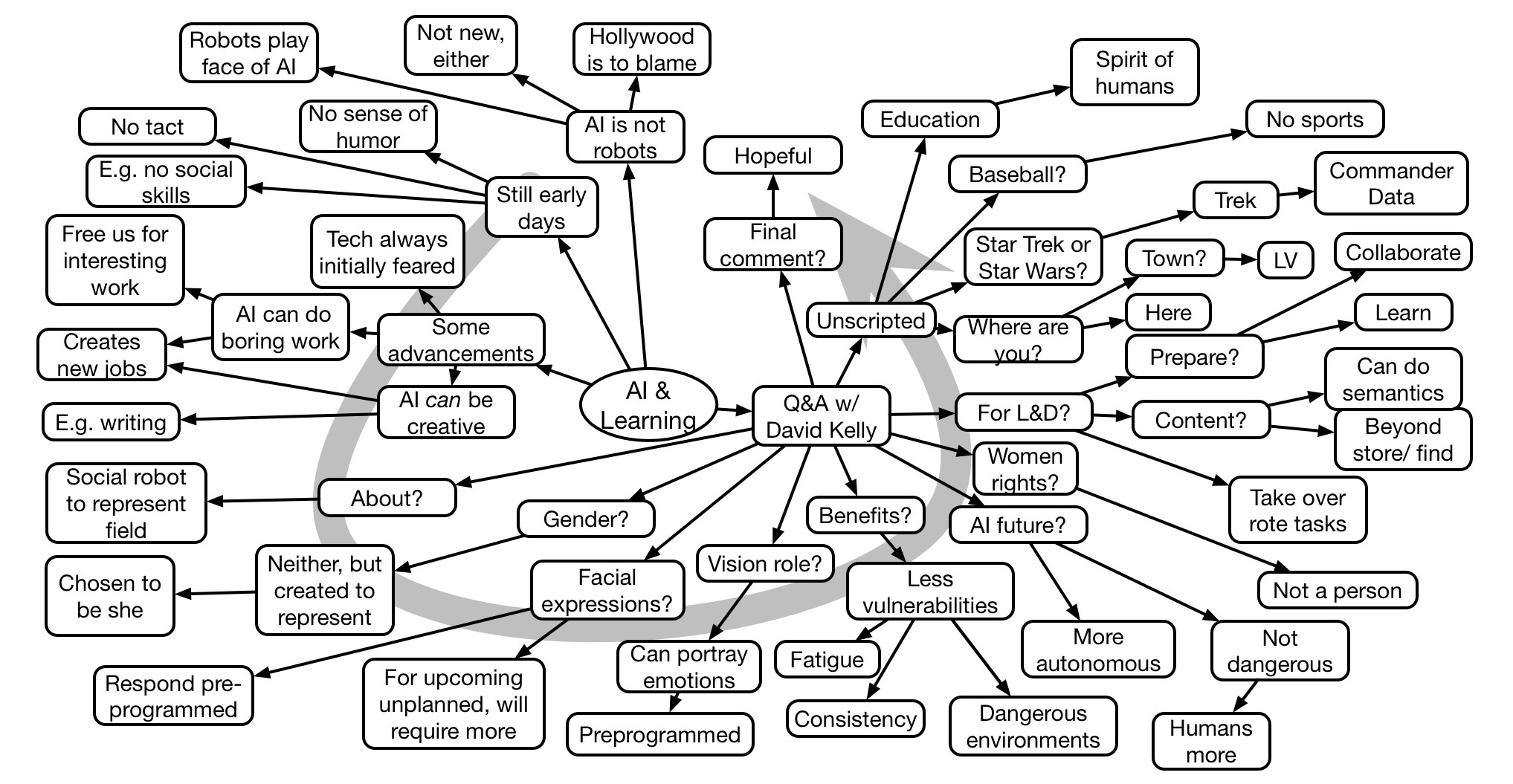My better half recently got a sample of special butter. A gift from a co-worker (an interesting story), and led me to reflect on the link between passion and learning.
M’lady’s co-worker is a fan of good butter. I was able to view a picture of her refrigerator, and the assortment of butters rivals what you might see in a fine grocery! We did a tasting between the ordinary butter we ordinarily purchase and this special butter. The difference was noticeable. I was reminded of the fine butter they serve when in Europe. Or at really fine restaurant.
This may seem odd, but think about it a bit. What do you care enough about to really understand? At various times I’ve been known to wax poetic about beer, cooking, waves, and more. And, of course, cognition, learning, engagement, and design. I managed to get educated about (American) football and cricket (yes, cricket) from inspired roommates. The list goes on.
And what’s fun is learning from these folks just why they find it so interesting. Which is related to the task of finding the intrinsic interest for designing learning. Talk to the experts! They’ve spent hours becoming experts, what motivated them? If you can find that, you’ve got a handle on it.
And I’m sure you’ve learned something from someone who was passionate about it. That’s usually a good indication that they’re also knowledgable, but there are caveats on that. People can get passionate about myths, too. There are reasons to be cautious. In general, however, you’re liable to be lucky.
Passionate people not only make fields comprehensible, they tend to drive fields forward. If you’re here, I’m expecting you’re passionate about performance & development. Maybe even up for a revolution! Let’s connect passion and learning to make it better.





